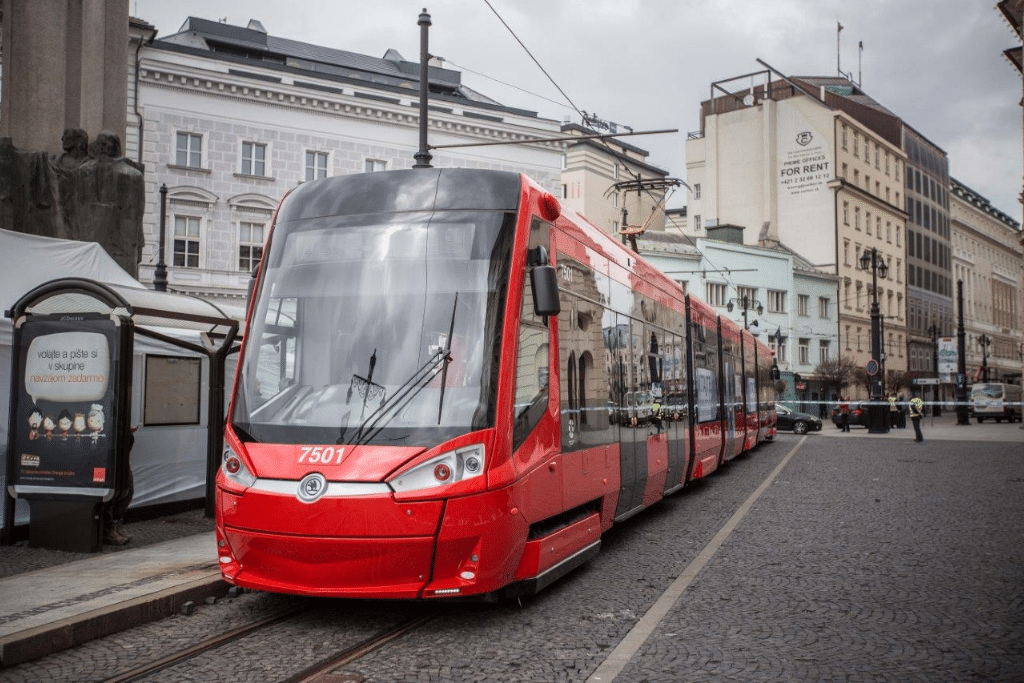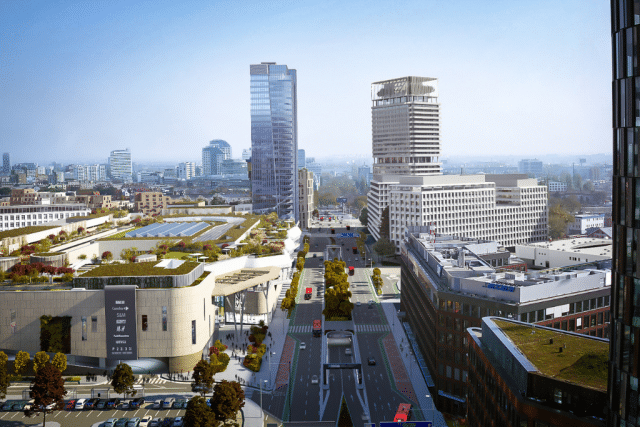Under the Urban Mobility Project, a new tram line will be built to link the city centre with Petržalka, whilst the existing tram network will be upgraded. The city also plans to acquire new trolleybuses, further develop its cycling infrastructure and build strategic Park & Ride facilities to foster multimodal transport. As the modal split is currently strongly dominated by private cars, city officials also plan to carry out mobility management actions to promote the use of public transport and the advantages of sustainable urban mobility.
One of the main goals of EU transport policy is to develop a safe, sustainable and connected transport that serves the integration principle laid in the founding treaties. The transport sector is also one of the main industries of the European economy adding to 9% of the GDP and creating more than 10 million jobs. That is why Bratislava has started to develop its smart and sustainable transport.
Sustainable transport across Bratislava
Bratislava’s commitment to more sustainable transport follows on from the development of a national strategic plan for more sustainable transport in Slovakia. The document, which includes priorities and actions until 2030, was prepared after an extensive analysis of the sector and identifying the key areas that need improvement in terms of sustainability.
Increasing the use of public transport throughout the country was identified as a key priority in the strategy. The Ministry also identified five strategic global objectives and will monitor progress through a set of performance indicators, including the number of passengers, fatalities and traffic.

The new Nivy complex will also feature nine LCD TV panels, a large LED wall with information about departures and arrivals similar to those found at airports and several self-service touch screens. The Nivy compound project is a combination of an international bus terminal, a shopping centre, a market and a high-rise administrative building. The green roof includes a running track, exercise and picnic zones, a community garden and children’s playgrounds.
With these latest sustainable additions to Bratislava, the city hopes to attract more congress attendees who perpetually choose sustainable options of transport. The habits of event attendees have changed, which is why Bratislava is quickly adapting to become a safe haven for a new era of events, where ecologically aware participants will dominate.

